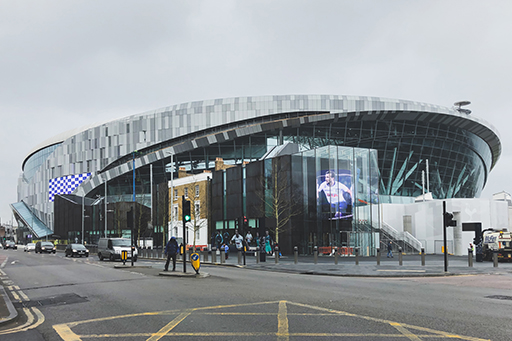2.1 Using STEEP to analyse a football business
In the next activity you’ll start using the STEEP model to examine an element of the football business in more detail.
Activity _unit1.3.1 Activity 3 STEEP factors and football
Choose one of the five dimensions of the STEEP model (sociological, technological, economic, environmental or political) and list the ways in which you think that a football club in a particular country would be affected by it.
Discussion
Some of the factors that may have affected your chosen football club are outlined below:
Sociological: The increase in women and children going to football matches and changes to make grounds more appealing to these audiences might be significant. Other social change factors are the changes in attitude regarding sexuality, the moves to eradicate racism within football over the last 20 years and the increasing pressure on the football community (particularly players and managers) to change as a result.
Technological: The trend towards digitisation and the internet has meant companies like Newscorp (including Sky) and BT have strongly influenced the way football is broadcast across all countries. Furthermore, improvements in internet speed have created opportunities to stream matches to mobile and other devices. Companies like Amazon have entered the football broadcasting market and offer a streaming service through Amazon Prime. This type of broadcasting is known as an ‘Over-the-Top’ (OTT) service. The implementation of goal line technology has also had some impact as had the introduction of VAR (video assistant referee) in some competitions.
Economic: The economic situation is very different in different countries. There has been an economic impact on the way in which television rights have influenced player wages and attraction of players from overseas to Europe.
Environmental: There might be moves or rhetoric within football clubs to ‘go green’ – this is perhaps more apparent in some countries than others.
Political: Governments have taken action in the past to ensure that football stadiums are safer. Tragedies at Ibrox (1971), Bradford (1985), Heysel (1985) and Hillsborough (1989) eventually stimulated regulatory action in the UK in the 1990s. The political will to deregulate broadcasting allowing multiple channels might also be considered a political factor – this obviously links to the technological element. Another interpretation of political elements at play might be in the workings of various ruling bodies such as The FA, UEFA and FIFA. For example the introduction of the financial fair play rules by FIFA in the Premier League in the 2013–2014 season had a big effect on the wages to revenue ratio of the clubs.
The STEEP model provides a useful structure for the discussion of the external environment. However, the distinction between the factors is rather artificial. Many political decisions have an economic impact, and almost all economic factors have a political dimension. Social behaviour is influenced by new technology, and in turn influences political decisions. Environmental issues have strong social, political and economic elements, and the introduction of environmentally acceptable solutions often depends on the adoption of and investment in new technology.

